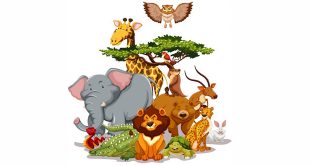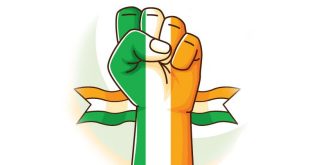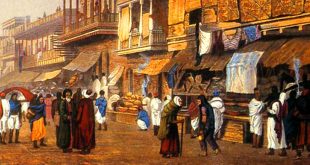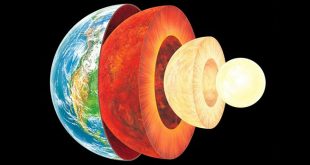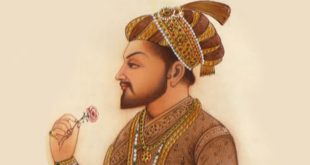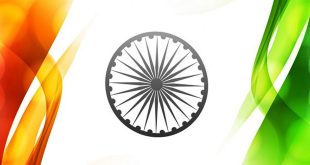Question: Distinguish between Weather and climate. Answer: Weather and Climate: Question: Distinguish between Heat and Temperature, Convection and Advection and Latitude and Altitude Answer: Heat and Temperature Convection and Advection Latitude and Altitude
Read More »NCERT 7th Class (CBSE) Social Science: Institutional Representation of Democracy
Question: “The right to vote was not always a universal right.” Explain with examples. Answer: The right to vote was not always a universal right. In early democracies, only some people were allowed to vote. For example, in the United Kingdom only male landowners who were Protestant by faith, could vote. …
Read More »NCERT 7th Class (CBSE) Social Science: Democracy
Question: What is a village panchayat? How did it help Susheela? Answer: Village panchayats are democratic institutions at local level. They provide a forum for the people to discuss and decide on issues concerning their lives in the village. It helped Susheela to get her own freedom and justice. Question: How …
Read More »NCERT 7th Class (CBSE) Social Science: The Medieval World
Question: Write a short note on the term “Sapta Sindhu”. Answer: During Vedic age, India was called “Sapta Sindhu” or the “Land of seven rivers”. These rivers were the Indus, Jhelum, Chenab, Ravi, Sutlej and the mythical Saraswati. Sindhu was the Sanskrit name for the Indus. The earliest reference to …
Read More »NCERT Class 7th (CBSE) Social Science: The Hydrosphere
Question: Describe the general distribution of salinity in oceans. Answer: The distribution of salinity in oceans is as follows: Ocean water is saline due to the presence of a large amount of dissolved salts, mostly sodium chloride or common salt. The amount of salinity varies from one part of the …
Read More »NCERT 7th Class (CBSE) Social Science: The Changing Face of the Earth
Question: Define “Lithospheric Plates”. Answer: According to the theory, the lithosphere is broken up into number of pieces called tectonic or lithospheric plates. It consists of crust and outer parts of upper mantle. There are six major and 20 minor plates, all of which floats independently. Question: Distinguish between endogenetic and …
Read More »NCERT 7th Class (CBSE) Social Science: The Interior of the Earth
Question: Distinguish between rocks and minerals. Answer: Difference is as follows: Question: Distinguish between intrusive and extrusive rocks. Answer: Difference is as follows: Question: Name the main types of rocks with three examples of each. Answer: There are three types of rocks: Igneous rocks: Granite, Dolerite, Basalt. Metamorphic rocks: Marble, Slate, Quartzite. Sedimentary rocks: Sandstone, …
Read More »NCERT 7th Class (CBSE) Social Studies: The Great Mughals
Question: What has Babur described in Tuzuk-i Baburi? Answer: In Tuzuk-i Baburi, Babur has described the physical features climate, animals, birds, flowers, fruits and the life of the people and the the places he visited. He has also written about his own life in detail. Question: list three problems that …
Read More »NCERT 7th Class (CBSE) Social Science: Our Environment
Question: Explain the following terms- Environment, Lithosphere, Biosphere, Ecosystem, Pollution and Urbanization. Answer: Definitions are as follows: Environment – It refers to all external conditions in which an organism lives. It comes from the french word ‘environ’ which means to surround. It is used to describe everything, such as places, …
Read More »NCERT 7th Class (CBSE) Social Science: State Government
Question: Why is the legislative council called a permanent body? Answer: The legislative council is called a permanent body because it cannot be dissolved. Every second year one-third of its member who complete their term retire. Question: How are representatives to the Vidhan Sabha elected? How have the territorial constituencies …
Read More » Class Notes NCERT Solutions for CBSE Students
Class Notes NCERT Solutions for CBSE Students
